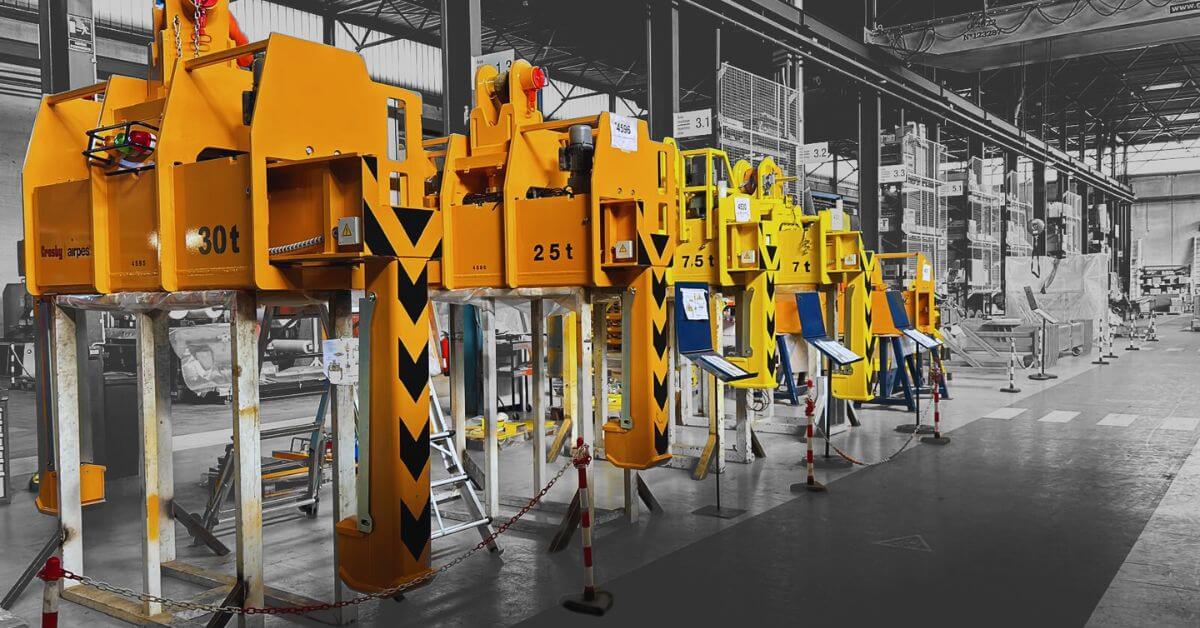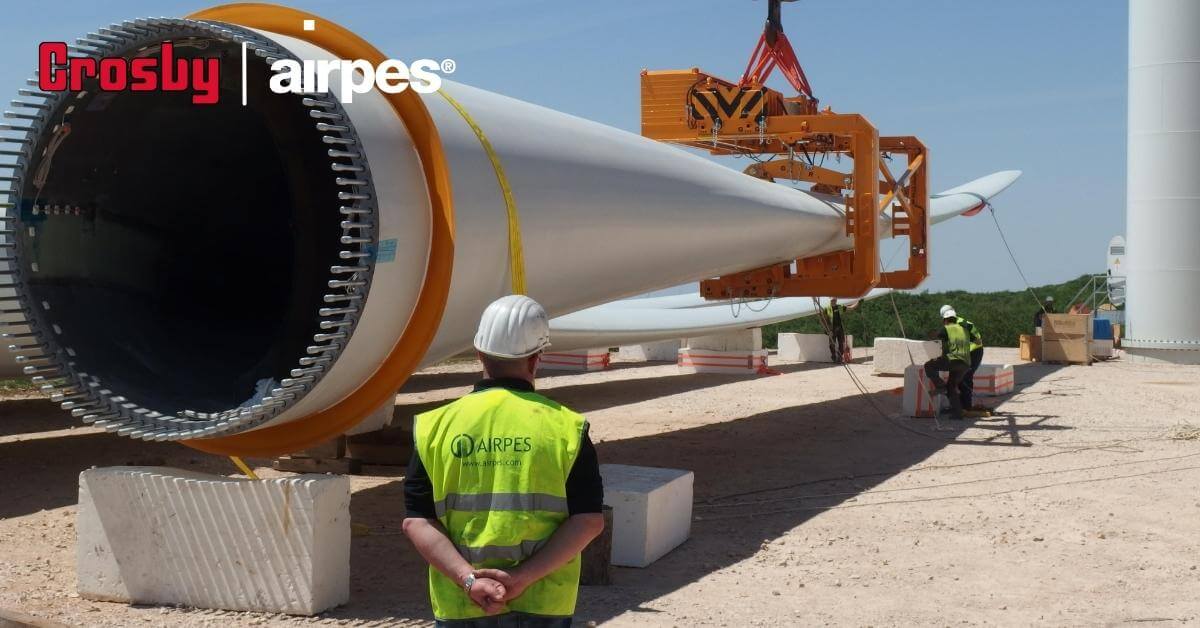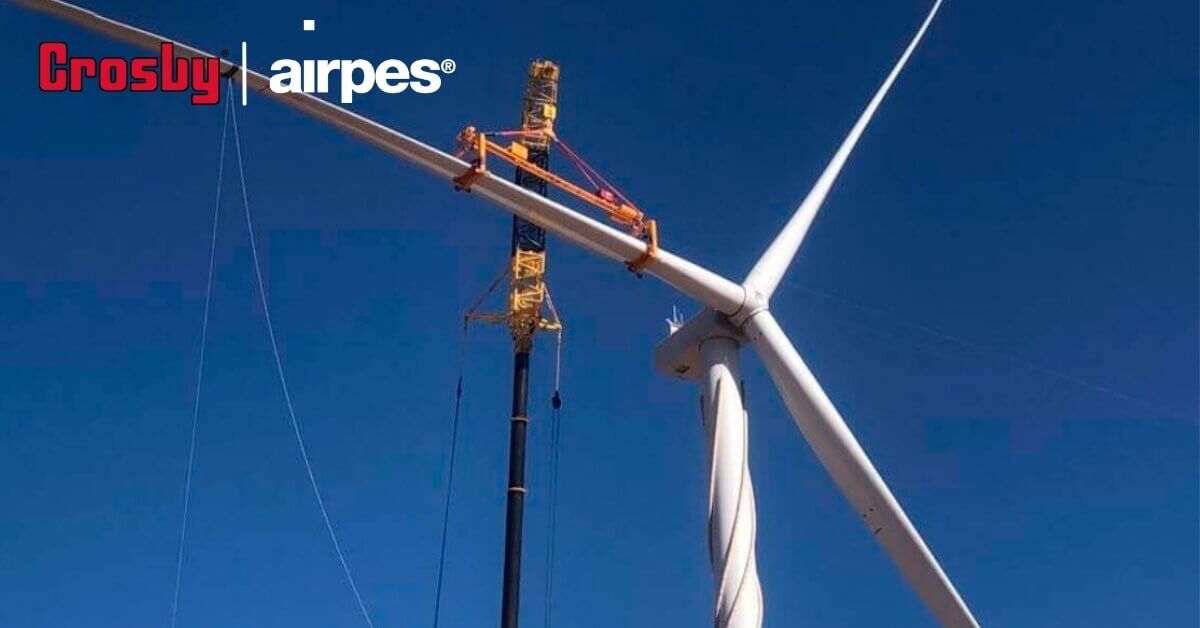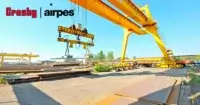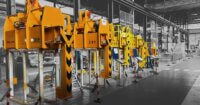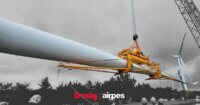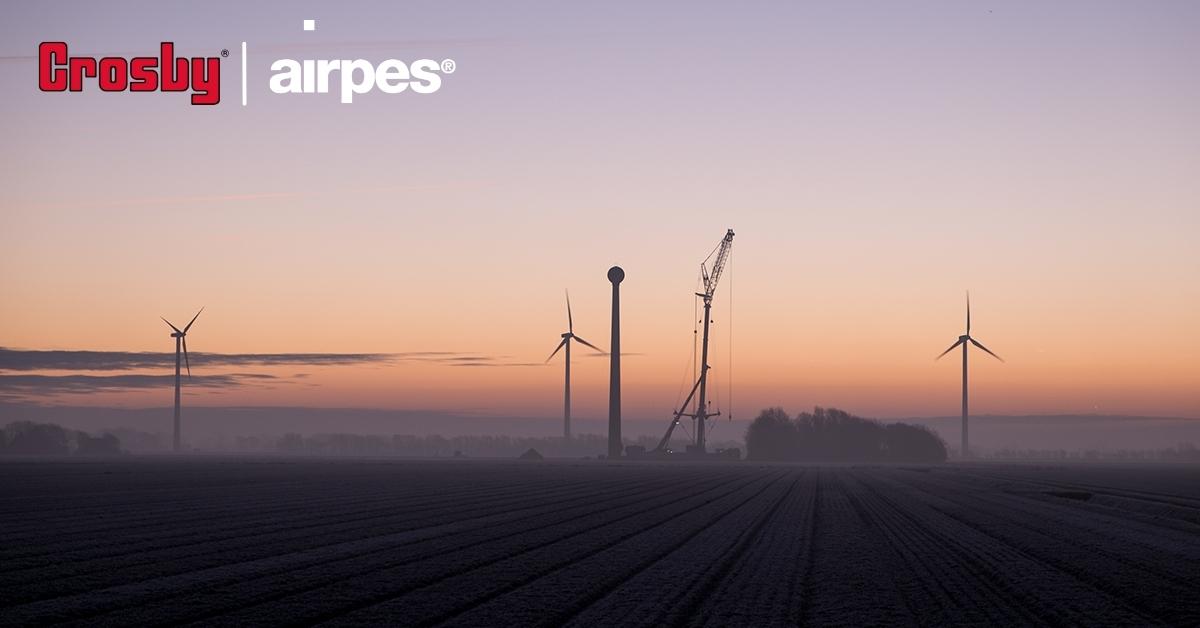
The global eolic energy industry had its second-best year in 2021, according to the Global Wind Energy Council (GWEC), with almost 94 GW of capacity added globally, trailing behind the 2020’s record growth by only 1.8%. The total global wind power capacity is 837 GW.
Europe, Latin America, Africa & Middle East had record years for new onshore installations. Whereas 2021 was the best year in offshore wind history, bringing its market share in global new installations to 22.5%. China installed 80% of the new offshore wind capacity in 2021.
Onshore wind energy and offshore wind energy have similarities and differences. Their share of total energy production is steadily rising (in the next five years, wind power capacity is expected to increase by 557 GW). At Crosby Airpes, we have been helping to build wind farms, both on land and at sea, for almost 20 years. We are going to analyze the challenges involved in working in each environment.
Onshore and offshore wind energy: growing markets
Did you know that the average power produced by an onshore wind turbine is between 6 and 7 MW, while offshore wind turbines can reach 10 MW?
This difference is due to the environment in which the wind farms are located. The offshore wind’s speed is higher as there are no natural barriers to stop it, which allows the wind turbines to be bigger.
Still, the main difference between onshore and offshore energy is their uneven market penetration.
Both markets are increasing every year, making working on new projects possible, both offshore and onshore. What challenges do we face at Crosby Airpes when working on each one?
Offshore wind farms: the challenge of working at sea
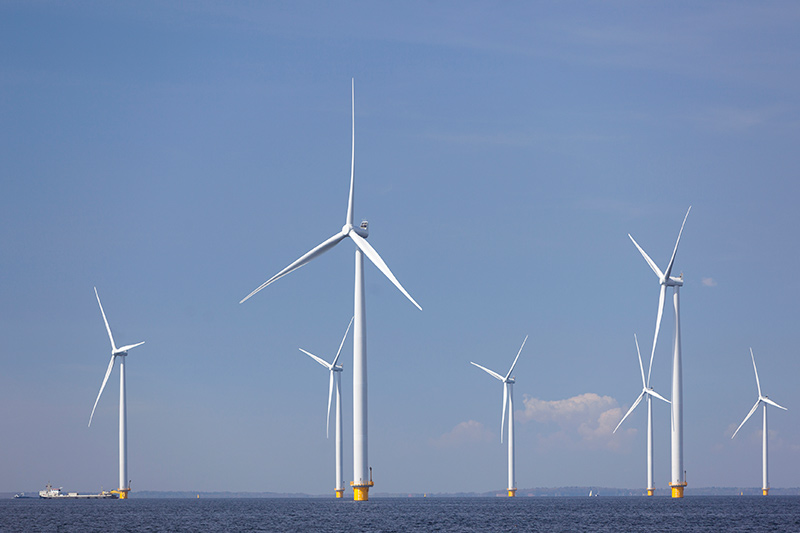
Offshore wind farms are mega-structures built at an average distance of 41 kilometers from the coast and settled at an average depth of 27.5 meters (source: WindEurope).
This means several engineering challenges: How are the wind turbine parts transported to the wind farm? How is the nacelle placed on the tower? And how are the blades assembled?
Having the right lifting equipment is essential for the success of the project. For example, one of the biggest challenges is placing the nacelle on the tower. Weather conditions at sea can be complicated: waves, wind, etc. That is why precision is vital.
Look at how we designed, tested, and implemented a specific lifting system for these situations: Handling and transport of nacelles in WTG Towers.
Onshore wind farms: the challenge of facing gravity
An average onshore wind turbine produces around 2.5 to 3 megawatts (MW) compared to the offshore average of 3.6 MW. But onshore wind farms are much more extended.
Onshore wind farms don’t have to face the waves, but they account for more than 90% of the world’s wind energy production. That is why their equipment’s maintenance is vitally important.
Setting up an onshore wind farm presents many challenges. Some of the most important are:
- Adapting the construction to the orography
- Having the equipment always ready.
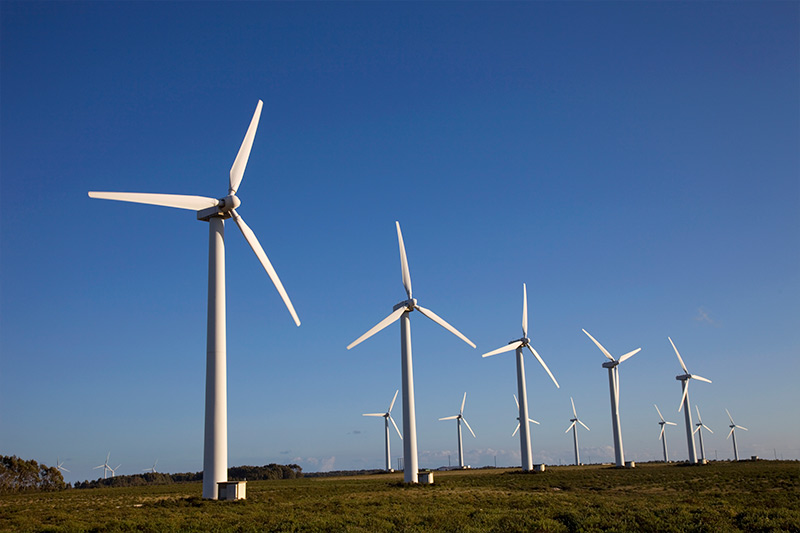
For example, it isn’t profitable to assemble a crane every time the blade of a nacelle has to be changed. For this reason, at Crosby Airpes, we designed a system that allows the blades to be replaced without a crane: Crosby Airpes’ Craneless Wind Turbine Rotor Blade Exchange System.
Crosby Airpes: your partner in wind energy projects
Setting up a wind farm is not an easy task, both onshore or offshore, but with the proper travel companions, it can be made easier.
Since 2003, Crosby Airpes has specialized in lifting solutions for the wind industry. Each client has specific needs: the wind farm’s geographical location, the equipment’s characteristics, etc., that make each project different. This has led us, for example, to develop different ways of assembling the blades of wind turbines.
At Crosby Airpes, we have extensive experience in the engineering of lifting systems and are prepared to help your company in the wind energy sector. Get in touch with us and let us know what we can help you with.

